

10 Common Signs of Dyscalculia
Dyscalculia is a learning disability that affects one’s ability to learn mathematics, as compared to same age peers who receive identical instruction. It may cause difficulty with counting, working memory for numbers, ability to recognize patterns, time, sense of direction, estimation of distance and volume, math facts, and procedures. Dyscalculia is a lifelong condition that can impact academic and economic progress as well as self-esteem.
Research supports that with early identification and the right interventions and supports these students can master math as well as other students.
Dyscalculia can be classified as a disability under both the Individuals with Disabilities Education Act (IDEA) and the Americans with Disabilities Act (ADA), which may qualify them to receive accommodations in school via an IEP.
Understanding the Signs of Dyscalculia
What are some ways you first notice that your child might not be hitting their milestones? For some, it’s not starting to use words to communicate, an affinity to counting on their fingers, or difficulty jumping with both feet off the ground, but what are the signs to look for when trying to identify dyscalculia?
When it comes to understanding the signs of dyscalculia, a learning difficulty affecting a person’s ability to learn math, the research is still decades behind that of dyslexia, a learning difficulty affecting the way a person identifies speech sounds and learning how they relate to letters and words.
The great news is, more states, organizations, and entities are aware of dyscalculia and the effects it has on a student’s mental health, math mastery, and career opportunities, and are creating committees, engaging in ongoing research opportunities, and writing dyscalculia specific language into state law.
While all these enhancements are occurring at the state and executive levels it can be hard to know what that first series of steps you can take are as an individual parent/guardian, caregiver, teacher, or administrator.
One of the first things you can do is learn more about dyscalculia and the common signs associated with this math learning disability.
Common Signs of Dyscalculia

1. Difficulty Developing Number and Quantity
This includes number sense, a person’s ability to comprehend and intuitively understand numbers, their relationship, size, and their connection to the real world, and base ten, the decimal system and the value a numbers position has. For example, yesterday the child could tell you the flower had five petals, but today they say four or that they do not remember.
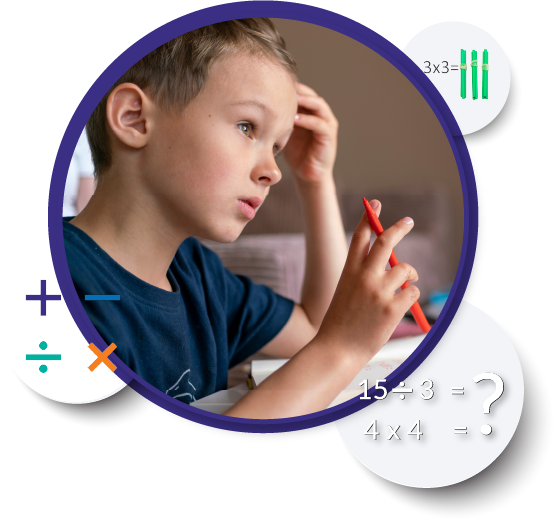
2. Problems with Understanding Math Operations
This includes the understanding and application of addition, subtraction, multiplication, and division. Specifically, word problems can be difficult for those with dyscalculia.

3. Trouble Remembering Math Concepts
This includes difficulties with understanding and remembering mathematical rules, formulas, and sequences including the appropriate usage of the corresponding symbols (+, -, ÷, x).

4. Inability to Memorize Numerical Facts
This can look like not being able to remember 2 + 2 = 4 or the formula for the perimeter of a rectangle, 2 x length + 2 x width. It can also look like counting every number instead of counting on from the first number.
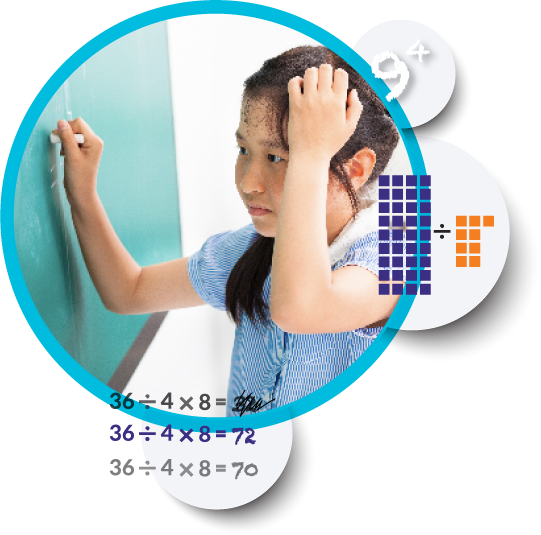
5. Inconsistent Results in Calculation
This can look like basic arithmetic operation errors and can be most noticeable when the student or child is provided with the same problem but provides different answers.
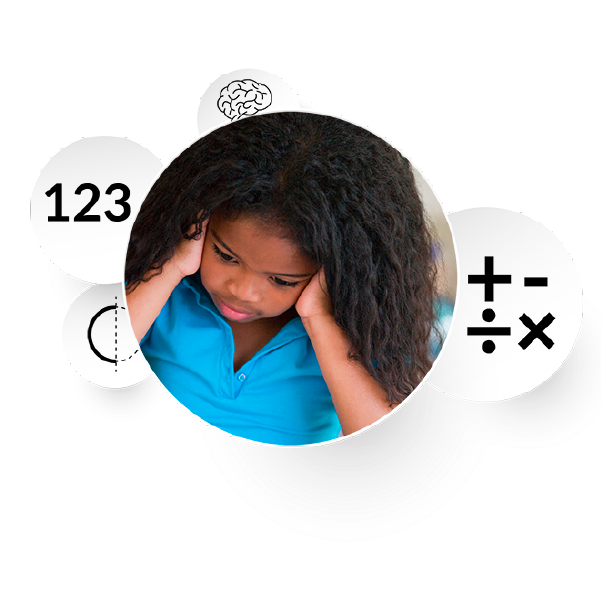
6. Struggles Performing Mental Math
A child who struggles with mental math may take more time than their peers to formulate the answer as they try to process numbers and perform calculations in their head.

7. Counting on Fingers
Counting on one’s fingers after the expected age or grade may be an indication that they are finding it hard to mentally do the calculation. People with dyscalculia can exhibit this symptom.
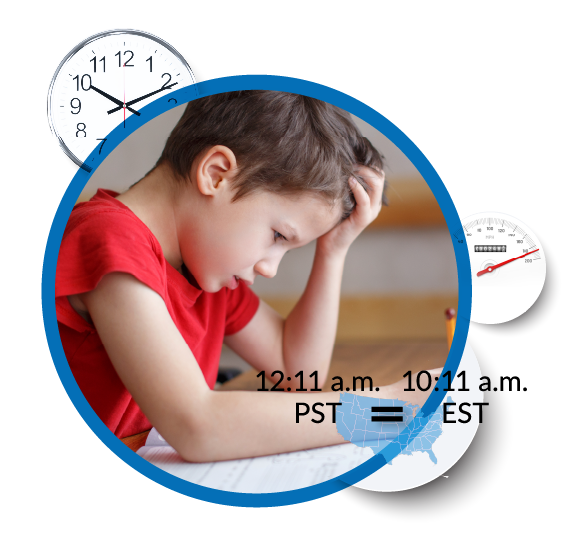
8. Difficulty Estimating Time, Distance, and Volume
- Difficulty estimating time may look like underestimating or overestimating how long it will take to complete a task or being late.
- Difficulty estimating distance may look like misjudging the appropriate amount of space needed to perform an activity.
- Difficulty estimating volume may look like challenges estimating the quantity or capacity when pouring milk or another beverage into a glass.
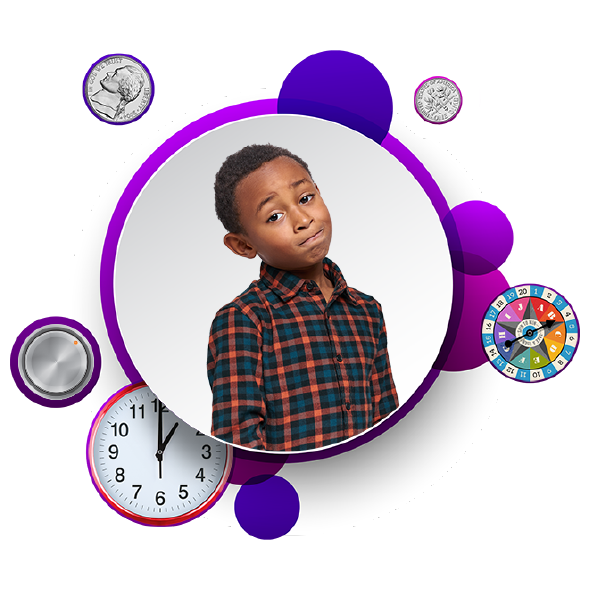
9. Challenges using Analog Clocks and Maps
- When someone has trouble using an analog clock it can look like inability to judge how much time has passed or being able to interpret the position of the minute, hour, and second hands.
- When using a map, this challenge can look like confusion when utilizing symbols, legends, and scales as well as spatial orientation and visualizing the relationship between the map and the real-world environment.

10. Trouble with Money-Related Tasks
This can look like struggling when making change, calculating tips, or estimating sale prices.
DySc: Free Dyscalculia Screener
If you read through this list and think you may have identified some signs in your child or student, please know there are steps you can take, and that you should not worry. Those with dyscalculia can master math and the earlier we start noticing signs, the earlier we can start introducing the supports your child or student needs to succeed.
We built DySc, our free dyscalculia screener, to be easily administered by school-based professionals, early childhood educators, and parents for learners in the following age bands: 3-4, 5-7, 8 and up. Upon completion of the screener and the survey, DySc will generate a report that consists of four key outputs, including:
- Results of the DySc screener
- Copy of the DySc educator/guardian survey
- Recommended action plan
- Recommended intervention plan based on the learner’s results
At TouchMath, we’re changing the way struggling students experience math, and enabling teachers and caregivers with the tools they need to support their students continued learning journey.
